Sanibel Fishing Charters, April 5, 2022: Spanish Mackerel, Catch & Release!
Red Tide/Algae & Daily Salt Water Quality Update Here.
Blue-Green Algae & Daily Fresh Water Quality Update Here.
Captiva Fishing: Please Click For Rates & To Book A Captiva Fishing Charter Or Call 239-472-8658.












Sanibel Island Fishing Charters, April 5, 2022.
Please Click To Rent Homes Direct From Captiva Homeowners; No VRBO Booking Fees.

Vote Water For Florida’s Future!
Captiva Fishing Guide Report: April 5: Ladyfish & Spanish Mackerel, Catch & Release, Captain Joe’s Charters – no significant red tide presence and a lot of good fish in the gulf, bay, and passes; redfish, snapper, snook, and seatrout are currently present.
Redfish & snook are regulated as catch & release at this time.
Already seeing some positive impact. Some very nice big redfish and snook around, more big redfish than snook.
The Caloosahatchee freshwater releases are also not an issue right now, but still a huge long-term problem.
Extremely frustrating. We need wholesale changes in the Florida state government. It is not a Republican or Democrat issue – it is a Big Sugar control everyone issue. It is stunning how we continue to let the sugar industry and the agriculture north of Lake Okeechobee to damage the water and all of Florida.
Please click here to Book A Charter or call 239-472-8658.
We’re located in Castaways Marina, Santiva, Sanibel Island, just before the Blind Pass bridge to Captiva Island.
Turner Beach, the beach adjoining Blind Pass, is frequently covered with a bounty of shells from Olives to Fighting Whelks to the more common Conchs.
The fishing is also renowned for sharks in the summer, tailing redfish on the bayside flats and snook under and off the Blind Pass bridge. Because Turner Beach faces Westward, the sunsets are spectacular and a popular viewing point for residents and visitors alike.


Captiva Fishing Charters
Spanish Mackerel, Catch & Release, Sanibel Island Fishing Charters & Captiva Island Fishing Charters, Sanibel Island, September 13, 2019.
Please also visit the Sanibel, Fort Myers, Florida Fishing Report and Cuban Fishing sites.

“The Atlantic Spanish mackerel (Scomberomorus maculatus) is a migratory species of mackerels that swims to the Northern Gulf of Mexico in spring, returns to South Florida in the Eastern Gulf, and to Mexico in the Western Gulf in the fall.

The fish exhibits a green back; its sides are silvery marked with about three rows of round to elliptical yellow spots. Lateral line gradually curving down from the upper end of the gill cover toward caudal peduncle. The first (spiny) dorsal fin is black at the front. Posterior membranes are white with a black edge. Its single row of cutting edged teeth in each jaw (around sixty-four teeth in all) are large, uniform, closely spaced and flattened from side to side. As with the King mackerel and the Cero mackerel, these teeth look very similar to those of the Bluefish, Pomatomus saltatrix.

Spanish mackerel are a highly valued fish throughout their range from North Carolina to Texas. Recreational anglers catch Spanish mackerel from boats while trolling or drifting and from boats, piers, jetties, and beaches by casting spoons and jigs and live-bait fishing. Fast lure retrieves are key to catching these quick fish. Commercial methods are primarily run-around gill netting, and rarely, by trolling lures similar to those used by recreational anglers.

On November 4, 1987, Woody Outlaw caught a world-record 13-pound Spanish mackerel[4]on a blue and white Sea Witch with a strip of fastback menhaden on a 7/0 hook, held by a Shimano bait-casting reel on a Kuna rod with 30-pound test line.[5]
Spanish mackerel are primarily marketed fresh or frozen as fillets as commercially caught fish are too small to sell in the form of steaks. Their raw flesh is white. They may be prepared by broiling, frying, baking or, rarely, by smoking.

The Spanish mackerel is also a popular sushi fish. By analogy with the Japanese Spanish mackerel, which is a member of the same genus, it is often called sawara on sushi menus.” Please see more information here.
==================================================
“Spanish Mackerel: Scomberomorous maculatus
Florida Regulations:
| Regulations | Gulf State Waters | Atlantic State Waters |
|---|---|---|
| Minimum Size Limit | 12” fork length | |
| Daily Bag Limit | 15 per harvester per day | |
Gear Requirements:
- Legal Gear: beach or haul seine, cast net, hook and line, spear
Habitat and Fishing tips:
Spanish mackerel are a pelagic, fast swimming fish that are prevalent throughout Florida’s coastal waters when water temperatures exceed 70 degrees.
To remain in warm water, Spanish mackerel migrate out of the northern parts of the state in the fall of the year and return in April with the warming waters.

Mackerel are frequently found in shallow, clear water over grass beds and along sandy beaches where they feed on schools of baitfish. Spanish mackerel are aggressive feeders that will strike a wide variety of natural and artificial baits, so they can be very easy to catch.

Many anglers identify the location of Spanish mackerel by trolling or watching for birds diving on schools of baitfish, which often indicates that mackerel are forcing the bait to the surface. Angling techniques include trolling or casting with small shiny spoons, dusters or jigs. Light spinning or bait-casting tackle with 10 to 15-pound monofilament line is adequate; however, 30 to 60-pound monofilament leader is required due to the mackerel’s razor-sharp teeth.
State Record:
12 lb, caught near Ft. Pierce
==================================================
King Mackerel: Scomberomorus cavalla
Appearance:
- Back is bluish-green, fading to silvery sides and belly (no spots)
- Front of first dorsal fin lacks a dark blotch
- Lateral line drops sharply below the second dorsal fin
- Juveniles may have yellowish spots, similar to Spanish mackerel
Similar Species: Cero, S. regalis; Spanish mackerel, S. maculatus (both have gently sloping lateral lines and a dark blotch on front of first dorsal fin); and wahoo, A. solandri (first dorsal fin long and continuous)
Size: Up to 72 inches
Habitat:
Coastal to offshore waters. Often around piers. They may occasionally be found in deep water.
Behavior:
Spawn offshore in mid-summer. Schooling fish that migrate from south Florida waters in winter northward in spring. Feed mainly on fishes.
Additional Information
State Record: 90 lb, caught near Key West
Fishing Tips and Facts: Kings feed on small fish and squid and take both natural and artificial baits. Live baits include pogies, herring, Spanish sardine, ballyhoo, and mullet. Lures should be flashy sub-surface lures or large fish-like plugs. Use 20-pound line and tackle, or heavier for larger kings, with a wire or mono leader.
FWC source & more information here.

Please click here to Book A Charter or call 239-472-8658 and here for Live Sanibel Traffic Cams. Sunday, June 24, Captiva Island Fishing Charters, Spanish Mackerel, Grass Flats & Oyster Bars, click here for College Of Fishing Hats & Apparel.
We’re located at Castaways Marina, Santiva, Sanibel Island, just before the Blind Pass bridge to Captiva Island.
![Fly Fishing, Spanish Mackerel, Sanibel & Captiva Islands & Fort Myers Charters & Fishing Guide Service. Saturday, October 21, 2017, [File Photo: 7-7-14]](https://i0.wp.com/www.captivafishing.net/wp-content/uploads/2014/07/Fly-Fishing-Spanish-Mackerel-2-6-22-14-e1404763458759.jpg?resize=980%2C1364)
October 21, 2017, [File Photo: 7-7-14]
After a fierce storm, Turner Beach, the beach adjoining the Pass, is frequently covered with a bounty of shells from Olives to Fighting Whelks to the more common Conchs. The fishing is also renowned with sharks in the summer, tailing redfish on the bayside flats and snook under and off the Blind Pass bridge. Because Turner Beach faces Westward, the sunsets are spectacular and a popular viewing point for residents and visitors alike.

And you can like us on Facebook.
Fair winds and following seas,
Captain Joey Burnsed ~ please click calendar or call 239-472-8658 to book a Sanibel & Captiva Islands, Boca Grande or Fort Myers fishing guide trip or shelling charter.

![Hogfish or Hog Snapper, Sanibel Fishing & Captiva Fishing, Sanibel Island, Sunday, December 10, 2017, [File Photo - Wednesday, February 8, 2017].](https://captivafishing.net/wp-content/uploads/wordpress-popular-posts/13104-featured-360x260.jpg)
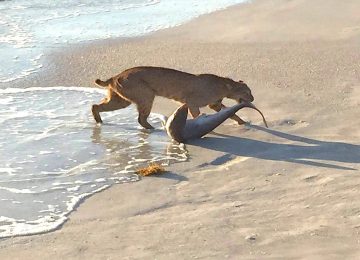
![Hogfish or Hog Snapper, Sanibel Fishing & Captiva Fishing, Sanibel Island, Sunday, December 10, 2017, [File Photo - Wednesday, February 8, 2017].](https://captivafishing.net/wp-content/uploads/wordpress-popular-posts/11558-featured-360x260.jpg)
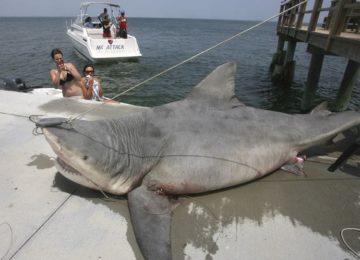

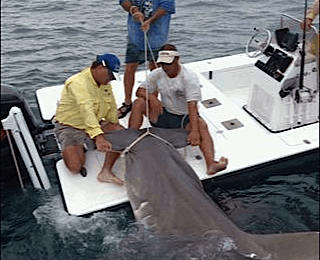
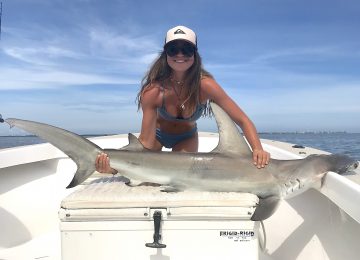
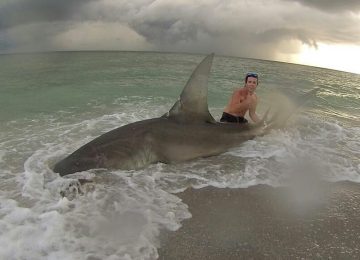
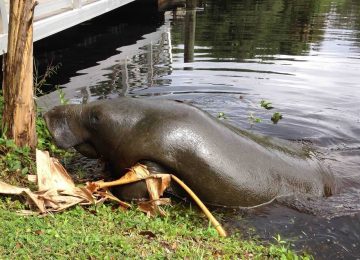
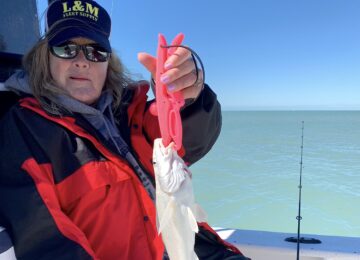
![Goliath grouper, Sanibel & Captiva Islands & Fort Myers Charters & Fishing Guide Service, Thursday, November 2, 2017, [August 16, 2012].](https://captivafishing.net/wp-content/uploads/wordpress-popular-posts/11711-featured-360x260.jpg)
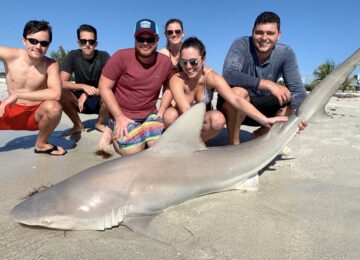
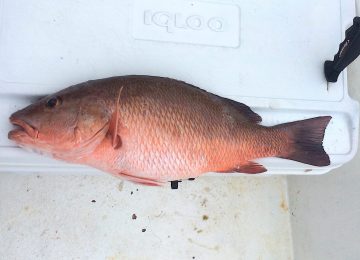

![Hogfish or Hog Snapper, Sanibel Fishing & Captiva Fishing, Sanibel Island, Sunday, December 10, 2017, [File Photo - Wednesday, February 8, 2017].](https://captivafishing.net/wp-content/uploads/wordpress-popular-posts/11143-featured-360x260.jpg)
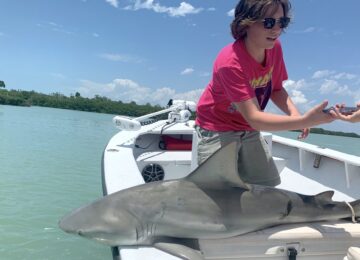
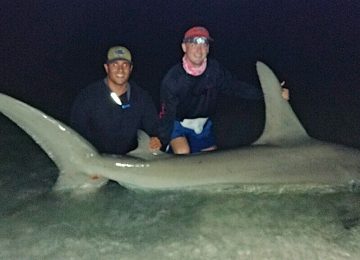
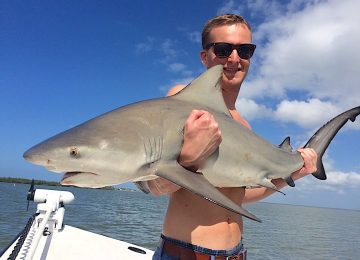
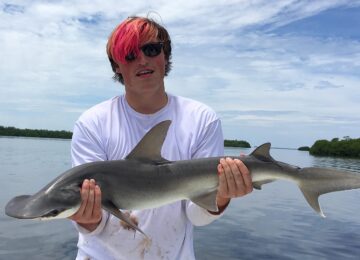
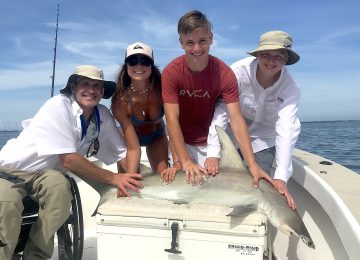
![Schoolmaster Snapper, Sanibel Fishing & Captiva Fishing, Sanibel Island, Thursday, January 11, 2018, [File Photo - Thursday, December 28, 2017].](https://captivafishing.net/wp-content/uploads/wordpress-popular-posts/13203-featured-360x260.jpg)
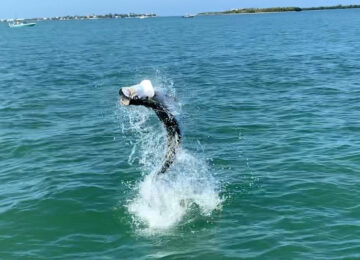
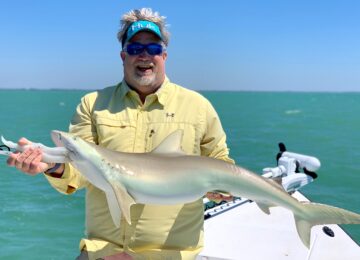

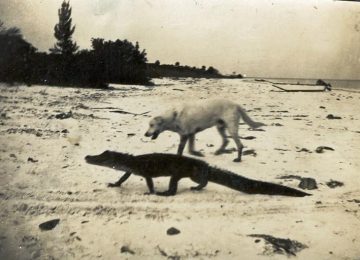
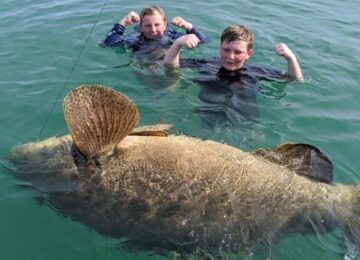
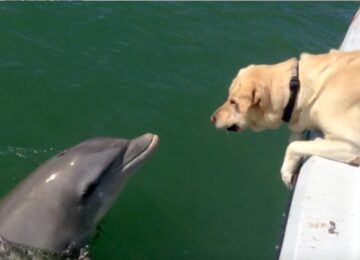















You must be logged in to post a comment.